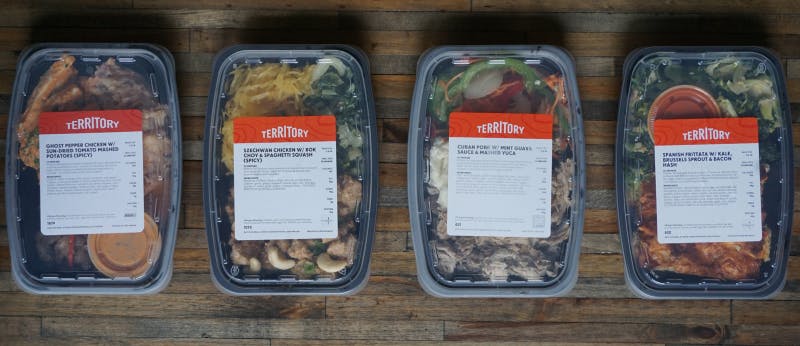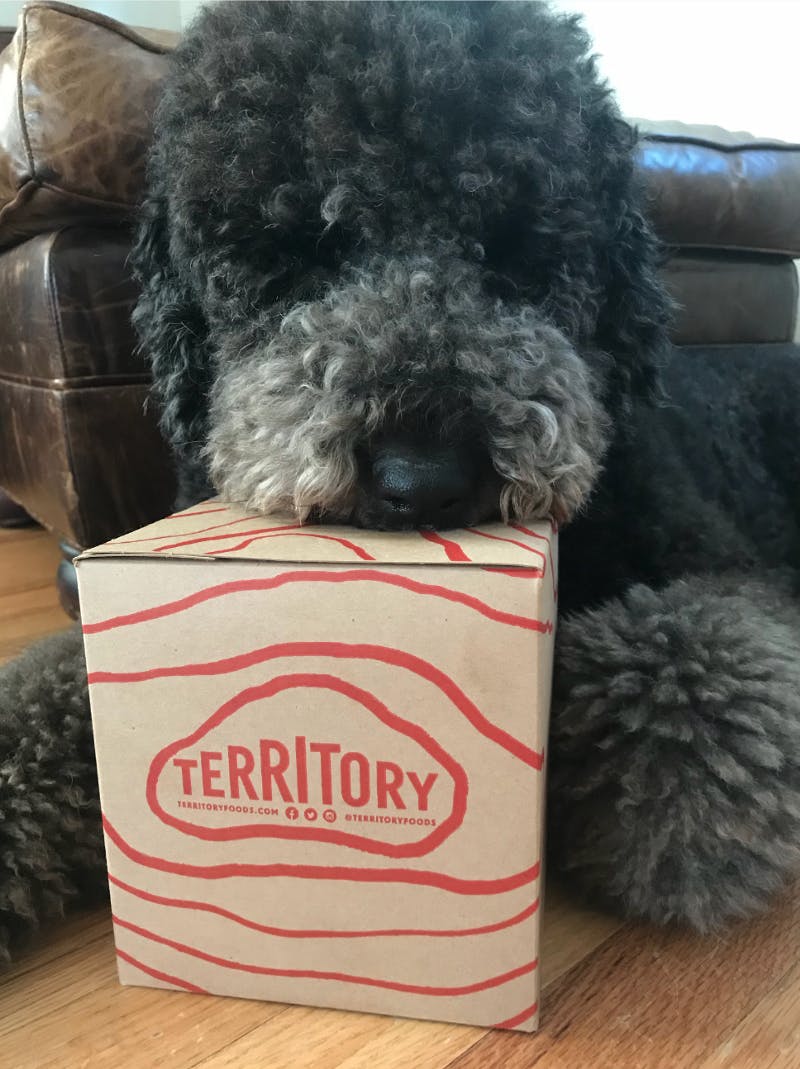
How We’re Thinking About Delivery Packaging
By Robert Morton
April 12, 2023
How We’re Thinking About Delivery Packaging and the War on Waste

We’ve recently made the latest in a series of changes to the packaging we use for home delivery of meals. So it seems a good time to share an update both on the new approach itself and how we think about packaging and limiting waste overall.
Ongoing quest, mission never fully accomplished
First thing to note, we think of packaging efficiency as a never-ending hunt for better solutions. We’re excited to be making steady progress down that path with this next evolution. At the same time we see lots of potential for further gains and are committed to keep chasing after them. So, as always, dialogue and feedback is super helpful and much appreciated.
What’s changing and why?
No more big delivery bags. Instead we’ll be transitioning to smaller, recyclable cardboard boxes that you can either breakdown yourself or leave out for us to pickup if you have a recurring order. Bunch of reasons for the change, tops among them:
- Reusable bags turned out to be less sustainable — between their wear and tear rate, the vehicle miles associated with picking them up, and the materials they’re made of… the net effect is a bigger environmental footprint.
- Too much friction on both sides — from customers having to remember to put the bag out, to the ins and outs of grabbing them in various housing setups, to coordinating pick up of leftover bags, it all resulted in tricky execution and communication hassles for everyone.
- Bags are BIG — To accommodate different order sizes, the bags had to be beefy which means taking up more space than some folks had to give during the delivery cycle.
Smaller, more sustainable, less to think about
The five things we dig most about the new approach:
- The boxes are smaller overall and matched to the size of your order.
- More efficient cold-keepers. We tested a bunch and this more compact evolution maintains the good chill and gives you flex to grab your meals anytime the day of delivery.
- The net environmental impact between materials and vehicle miles traveled is lighter.
- No more low-boil worry for customers about 1) forgetting to put bags out and potentially getting charged or 2) bags piling up if we hit a snag in grabbing them.
- Disposal is simple. Breakdown and recycling instructions right on the box flap.

While we’re at it on the topic of packaging materials and limiting waste, worth sharing a few other thoughts from customer chats, including a super gratifying thread about how the meals have helped people limit food waste. Taken together with the inherent benefit of an approach like ours where we’re only making the exact amount of food folks have already ordered, this waste limiting element has definitely spurred us to think more about how we can go yet further.
The waste reducer of the meals themselves — People find they waste less food overall when they get into a good routine with our meals. I.e. they’re not as often doing big meal prep batches they get tired of by mid-week and don’t eat. Or, they’re avoiding buying as many fresh ingredients that they don’t get around to cooking and end up wilty in the trash. For single folks, they’re not cooking as many recipes designed for 4+ which result in more leftovers than they can get to.
Meal containers FYI — So far we’ve found the current containers to best balance the durability, cost, size and sustainability juggle involved with getting you a fully composed, prepared meal. Important to note though, these are on our continued ‘search for improvement’ list. In the meantime, a few reminders customers have found helpful:
- Most jurisdictions we’ve come across accept these #5 plastics in curbside recycling.
- In some places we serve, there’s a cool program called Gimme5 which gives #5 plastics a second life as clever home goods like cutlery, plates, toothbrushes, etc. Preserve Products leads this charge and has collection bins at places like Whole Foods. You can also mail them containers.
Meal donations — In the wake of quality assurance procedures, we occasionally have meals that need a home. Any remaining food goes to local food bank partners, a righteous cause we’re thrilled to support.
There you have it. All the news that’s fit to print on this latest moment in our responsible packaging and waste-limiting quest. We love hearing from folks on it and are always learning so please shout anytime at [email protected].